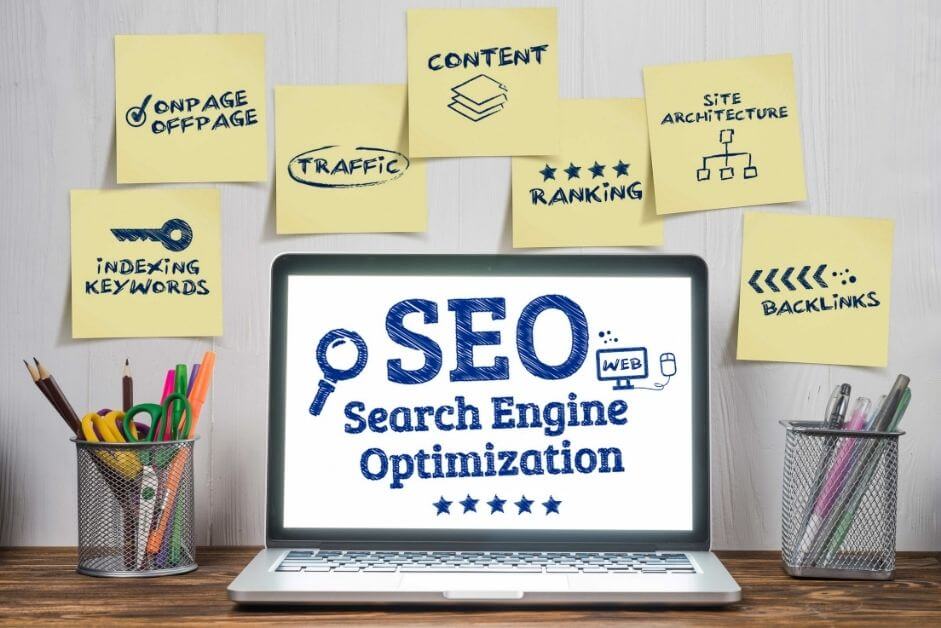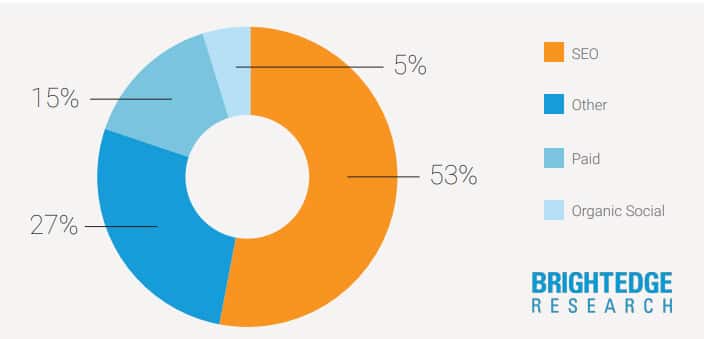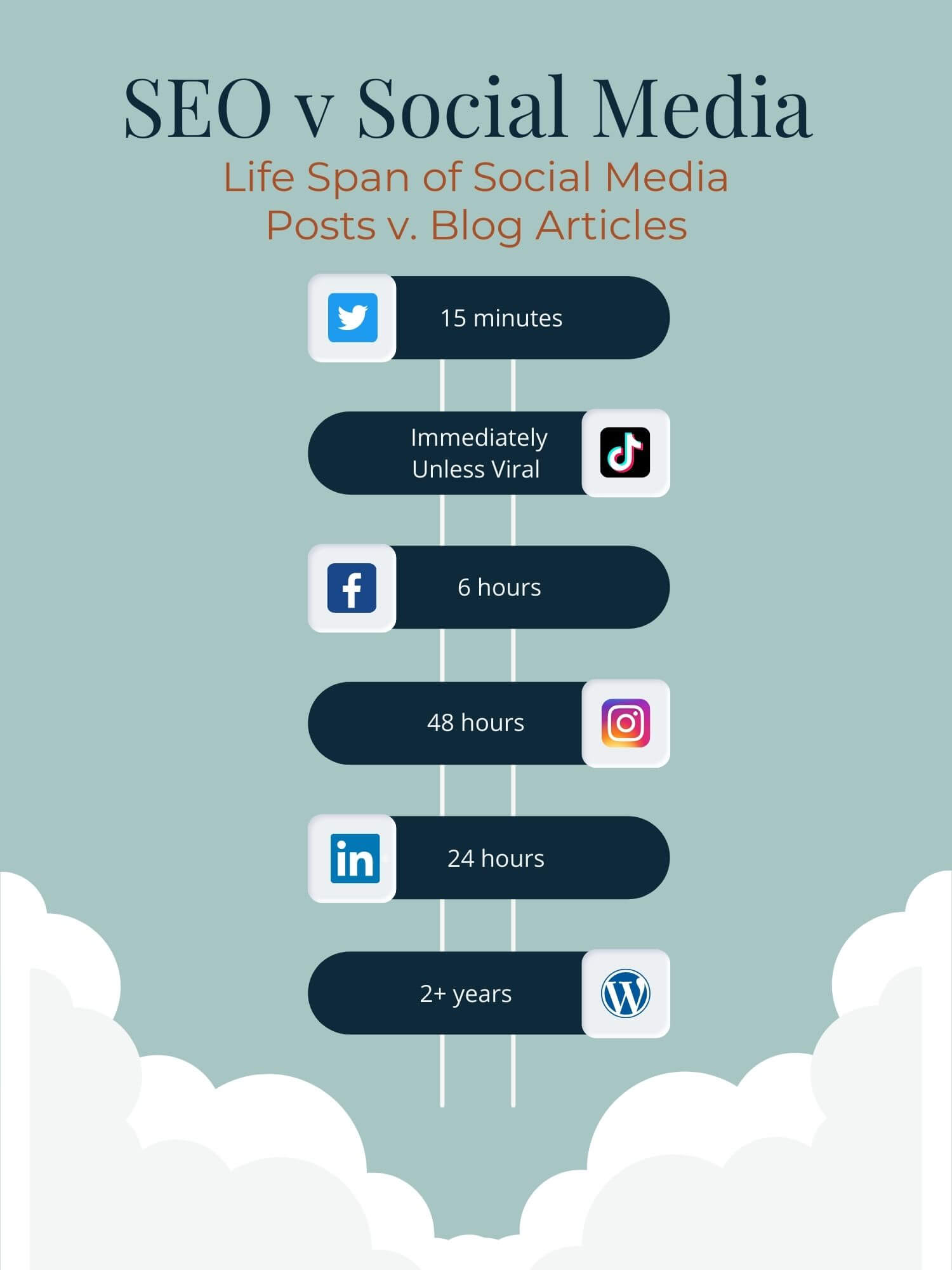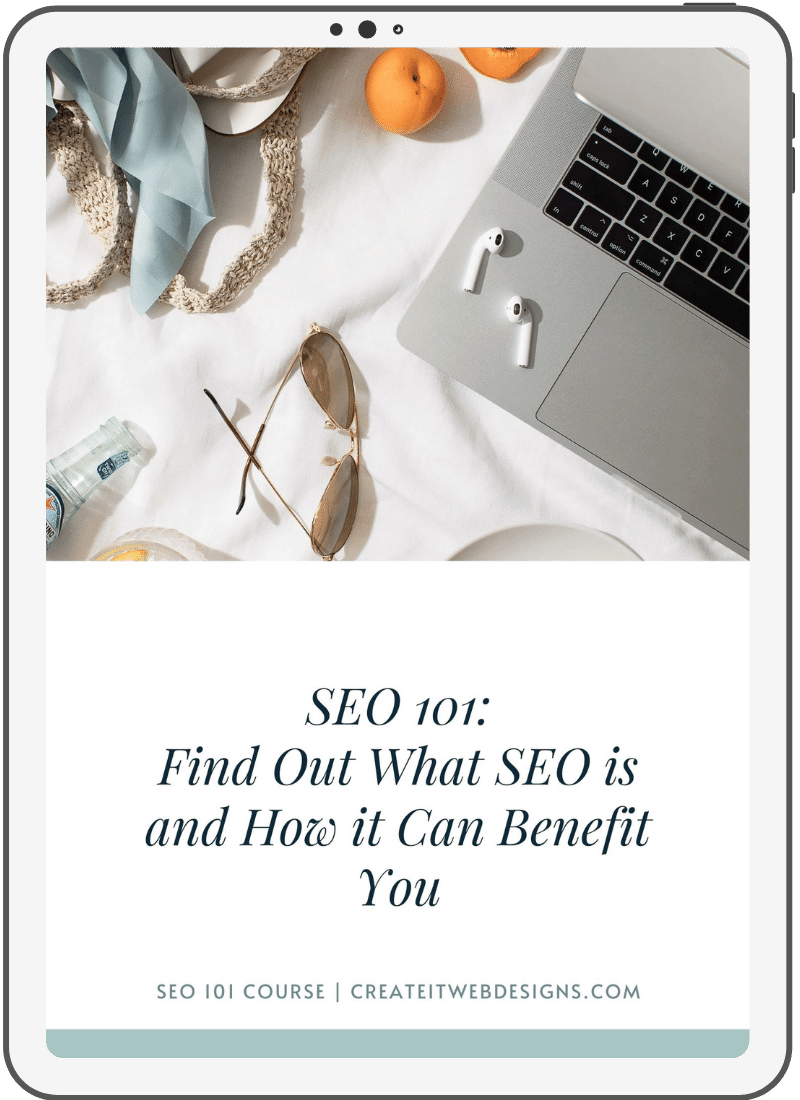There are many considerations for any business when it comes to choosing how they want to market their company. One of the most important is whether or not you should invest in SEO (search engine optimization) or social media marketing. This article will discuss which one you should focus on first and why, as well as some tips for getting the most out of both SEO and Social Media strategies.
Which is better SEO vs Social Media?
The debate has begun regarding the best marketing strategies to create maximum return on investment. This question is about how different marketing strategies work together and their potential advantages. We will begin by analyzing search engine optimization and social media.
What is SEO and Why does it matter?
SEO is a way to optimize your website for search engines, such as Google so that they will list it higher when certain keywords are used in their searches. If you use this strategy correctly, more people can find your site organically and therefore increase the number of visitors on a daily/weekly basis.
SEO is the backbone of good online marketing. It’s what gets you noticed when someone does an internet search for your product or service naturally and organically. Without SEO, all that effort into creating a fantastic website with great content would be useless.

The difference between social media and SEO?
Social media is based on the idea of sharing content with others, whether it’s by posting a branded photo with a caption or uploading video. Social Media can be an important way that engages with companies today.
Popular social media platforms are Twitter, Facebook, Instagram, TikTok, and LinkedIn.
SEO means optimizing your blog post so that search engines can find it when someone searches for certain keywords. For example, if you want to rank high on Google for “Chicago Plumbing” then there are keywords that you need to include in the blog post to increase your opportunity to rank in search engines.
SEO is a long-term strategy that takes time to see results – so it’s not always the most practical choice for those looking for immediate results. A typical SEO plan takes 3 – 9 months to see results.
Social media, on the other hand, can be an effective means to reach out and connect with your customers as well as build brand awareness.
If you have both SEO and Social Media working together, this will be a bigger advantage.
Although SEO and Social Media are two different things, they work together in many ways. One is that you can create blog posts to share on social media. For example, let’s say a company wants to post an article about “how much does plumbing cost” – they could write the article as well as schedule it for sharing across all of their different Social Media platforms (Facebook, Twitter, LinkedIn). It also works in reverse where you can share shortened tips on your social media pages that build into blog articles to publish at a later time.
How Does SEO Compare to Social Media?
A new study by BrightEdge has found that organic search delivers an average of 53.3% of all traffic to websites, far more than any other channel.

Social Media delivers an average of 5% of traffic
SEO drives 1000%+ more traffic than organic social media.
I’m not saying social media is not important…I’m saying it does not drive as much traffic as SEO can.
Engage your audience via Social Media as part of your overall SEO and Online Marketing Strategy.
Lifespan of a social media post v. Blog Post
The lifespan of a social media post can last anywhere from 5 minutes to a day.
- Twitter: 15 minutes
- TikTok & Snapchat: Start decaying immediately unless viral
- Facebook: 6 hours
- Instagram: 48 hours
- LinkedIn: 24 hours
- YouTube: 20 days or more
- Pinterest: 4 months
- Blog Post: 2+ years
Lifespan of a blog post = 2 years. If it is an evergreen article and updated routinely it has the potential to have a longer lifespan.

How to make the most of SEO
SEO is a long-term strategy that takes time to see results – so it’s not always the most practical choice for those looking for immediate results. That said, if you do have the time and patience to invest in SEO, there are a few things you can do that will increase your chances of ranking high organically for specific keywords.
- Do keyword research to find the right keywords to target
- Optimize your website for those keywords
- Create high-quality content that is relevant to those keywords
A great way to optimize a blog post is by including a good amount of unique content as well as using relevant, researched keywords throughout your article. This helps search engine crawlers to understand what your blog post is about and rank it higher when someone searches for that term/keyword in Google or other search engines. It additionally helps to write articles in clusters around similar topics and internally link the articles together.
Benefits of SEO Strategy
SEO is simply aimed at boosting website traffic to your website. It’s vital that search engines generate more traffic for your website than most social media websites. Clearly, you should spend some time developing your SEO strategy. Social networks tend to be used for social interaction rather than to look for something to purchase a product or service in some situations. The Internet has largely become the vehicle for searching directly. In this way, more buyers are now looking for a search engine, and this leads to a greater amount of conversions.
How Search Beats Social Media?
First, lets take a look at what is good search marketing vs. social marketing. More people are looking at businesses through searches, make an observation about your behavior. What should be your top choice when it comes to an HVAC technician or a Zumba instructor? Most likely you are looking on Google. According to the survey, 61% use search engine results before purchasing goods. If you’re going to be found, you’ll need good keywords. On the other hand, users are not looking to search for “best HVAC technicians” on social media. They go to engage and see the brand representation and images.
How does social media drive traffic?
Let us examine first how social media can help businesses get targeted website content. In the digital market, Facebook and Instagram can provide important components to a business’s paid digital marketing strategy. This could have an impact on increasing brand awareness. In addition, social media is divided into two main categories: organic and paid. All three are vital to bringing brands to new customers. Both promote potential customers. Investing in social media content helps increase peer approval.

Social Media vs SEO – which one should you focus on first?
Ultimately, this depends on how much time you have available as well as your business goals. If you have the time and patience to invest in SEO, it’s a great long-term strategy that can help grow your business and increase visibility. It also has the most potential to bring in traffic. If you don’t want to wait around for results or if immediate growth is what you’re after, then Social Media may be more of an effective means with which to reach your target audience – now rather than later.
If you do decide to invest in both SEO and Social Media, it’s best to start with one over the other. If SEO is your main focus then spend at least a few months optimizing blog posts before moving on to social media – this way you’ll already have some content out there that will help establish trust as well as authority with search engines. On the other hand, if you start with Social Media first then make sure to include relevant keywords within your posts as well as a link back to any SEO blog content that is already out there (this will not only help increase traffic for both platforms but also establish trust and authority).
Making the Decision: SEO vs Social Media
SEO and social networking can create brand awareness. Search engine optimizing has an advantage in the way of getting people to make an informed purchasing decision. Despite these differences, social media advertising has been important to marketers throughout their marketing process and cannot be ignored. Businesses cannot just pick one over the other. A large number of companies require both pillars for an efficient distribution network. What did you decide?







